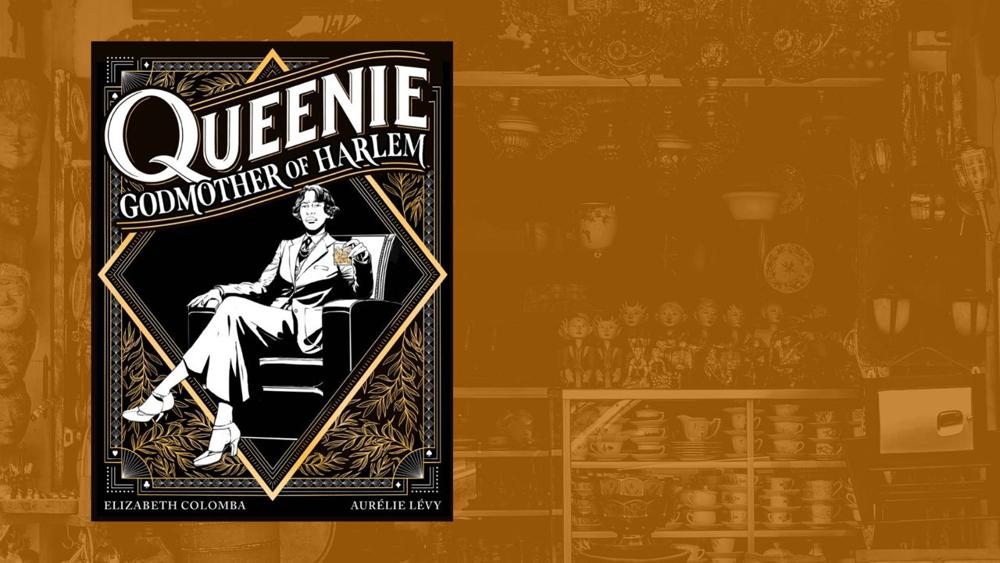Plot
Queenie: Godmother of Harlem is a captivating novel that tells the story of Stephanie St. Clair, a fierce and notorious criminal who rose to become the queen of the Harlem underworld in the 1930s. The novel traces St. Clair's life journey from her traumatic childhood on a plantation in Martinique to her immigration to the United States in search of a better life. Despite facing extreme racism, poverty, and discrimination, St. Clair clawed her way to the top of the underworld, becoming a powerful and influential figure who was known for her shrewd business acumen, her compassion for the poor, and her fierce loyalty to the Black community.
However, with the end of Prohibition and the rise of Italian mobsters seeking to take control of her operation, St. Clair finds herself embroiled in a bloody and merciless war to defend her territory and her life. Against a backdrop of jazz, voodoo, and police brutality, the novel tackles complex themes of colonization, corruption, and racial identity. Through the vivid prose of Elizabeth Colomba and Aurelie Levy's stunning artwork, Queenie celebrates the forgotten genius of a woman whose legacy has been erased by history.
Analysis
Realism and Iconic abstraction
By applying Scott McCloud's theory of understanding comics, we can observe that the novel successfully incorporates a balance of abstractionism and realism to convey distinct concepts. Some of the most important protagonists have been sketched out realistically, such as Stephanie St.Clair a.k.a Queenie, Bumpy Johnson, and Charles Alston.
When it comes to showing the threats Queenie has faced, such as the anonymous killers breaking into Queenie’s bedroom, or the KKK who kidnapped and murdered black people from a bus, the author has let the imagination of the readers conjure up scary imagery by means of showing silhouettes and outlines. Also, at various places throughout the comic, Colomba and Levy utilize silhouettes effectively to convey the threats Queenie faced, safety, discrimination, and other insecurities.
Also, the flashback sequences feature Black characters portrayed as uniformed silhouettes in the background. This depiction highlights the erased subjectivity of colonized individuals and comments on the racialized lens through which people of color are perceived in both Queenie's society and contemporary times. The silhouette figures' design and placement in the background imitate the low value dominant groups assign to people of color.
Cinematic technique: Aside
Colomba and Levy utilize a cinematic technique known as an "aside" to highlight the narratives in their work. An aside involves characters in the story speaking directly to the audience. For instance, in one scene, the character in the movie which Queenie and Charles are watching suddenly begins to elaborate on some important words spoken by Bumpy in the previous panels. This technique allows the comics to convey the story without the need for a narrator or word balloon, which adds a layer of intrigue and engagement to the scenes.
Interlude
There are brief interludes throughout the book to explain the numbers game, Queenie’s wealth, and the way gangsters did business (“The Schultz Way”). These pieces of information are intriguing and significant, helping readers to understand the character’s behaviors better.
Panel-to-panel closure
The sequencing of panels utilizes different progressions such as Action-to-Action, and Subject-to-Subject depending on how much the author wants the readers to experience. Let's see both crafts:
- Action-to-Action: Let us analyze this sequence when Queen got out of Bedford Hills prison. We see the entire scene in an action-to-action sequence format, right from Queenie walking out of the gate to she lit up a cigarette.
- Subject-to-Subject: Colomba and Levy use Subject-to-Subject panels extensively in the conversation scenes between Queenie and various characters. This technique effectively highlights the tension and dynamic between each character, providing insight into how the situation is unfolding. Let's examine a specific sequence where Queenie negotiates with individuals seeking her assistance.
Literary and Politico-Cultural Themes
- Black History
Colomba and Levy utilize the graphic novel to portray the legacy and struggles of black Americans during a time of great social and political upheaval. Through its vivid storytelling and stunning artwork, Queenie Godmother of Harlem offers a powerful commentary on the issues of race, class, and power that continue to resonate in contemporary America.
- Harlem Renaissance
Drawing on historical events and figures, the graphic novel provides a nuanced portrayal of Harlem's vibrant and complex community during the height of the Harlem Renaissance. For example, when Queenie attends a rent party, the lively and exuberant atmosphere is filled with the music of Thelonius Monk, transporting the reader to the scene and capturing the joyous frenzy of the occasion.
- Crime
The graphic novel depicts the crime in Prohibition era (1920-1933) saw the rise of organized crime due to the ban on alcohol, resulting in a thriving black market and high levels of violence and corruption.
Conclusion
Overall, the graphic novel contends with the impact of visual mass media on societal values, especially as it concerns people of color, while simultaneously creating a narrative that brings into focus a woman of color erased from the cultural history of the Prohibition era. Throughout the book, the intricacies of Queenie's character are masterfully intertwined and reach a satisfying conclusion in the final scenes. Her tumultuous yet fulfilling life, spanning from Martinique to New York, is an integral part of her essence.Queenie is as much about the impact of stereotypical representations of people of color as it is about the purposeful erasure of people of color from the larger cultural narrative.
